by Alessandra Ressa
Trieste is definitely the place to be for the interested in industrial archeology. A must-see spot is right in the heart of town, a pleasant stroll away from Piazza Unità.
Proceed along the Rive all the way to via di Campo Marzio, pass by pizzeria Da Pino (one of the best pizza restaurants in town) and turn left.
On both sides along the stretch of via di Campo Marzio, between via Giulio Cesare and via Economo, stand the last remains of the earliest industrial settlement in Trieste.
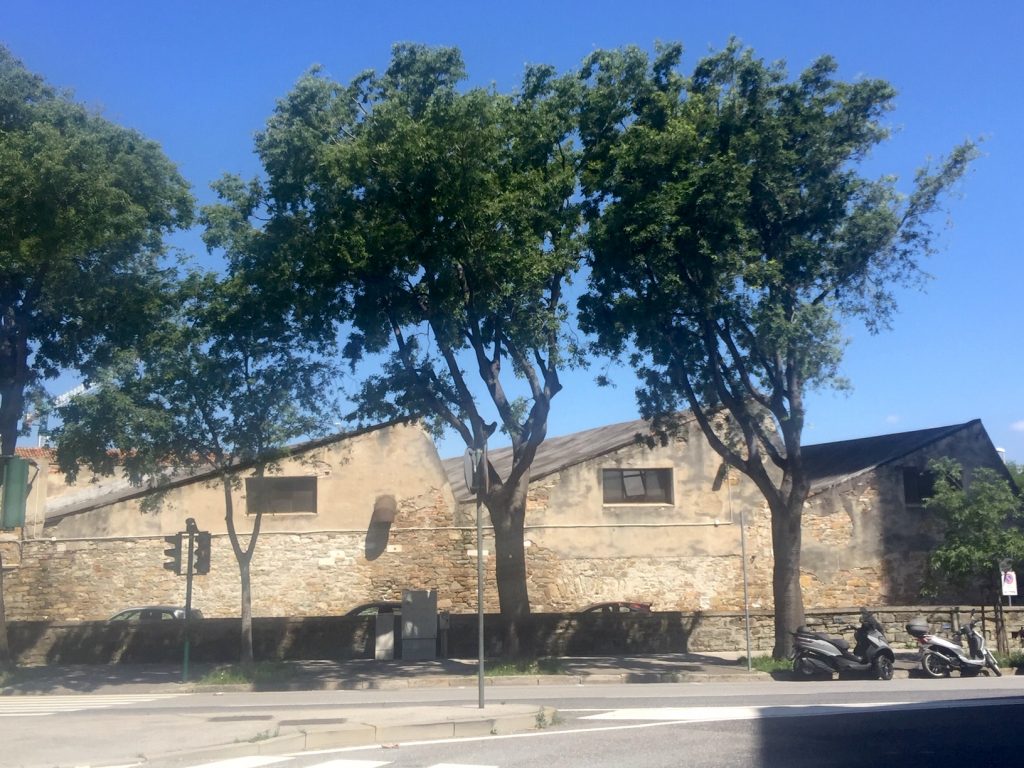
Looking at the abandoned factories on your right, turn left on Androna Campo Marzio – a dead end alley – and you’ll find yourself back in time.
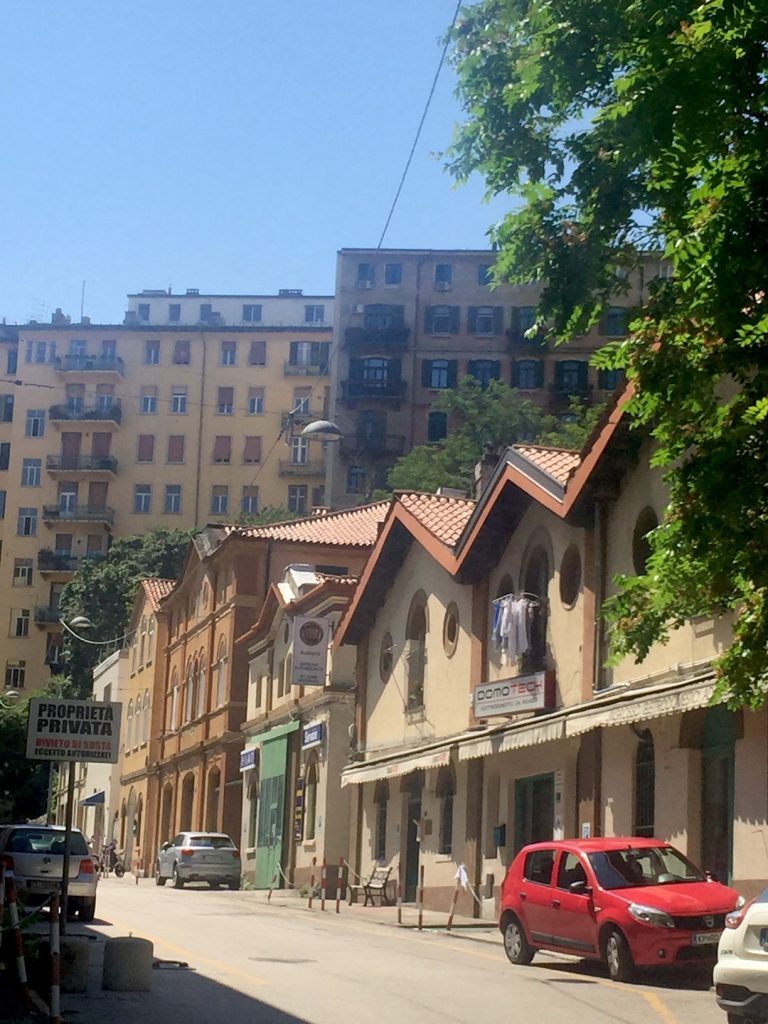
Along this little alley, where the University of Trieste has recently built a back entrance at the very end, old factories, some converted into operating businesses (even a popular gym), others in a deplorable state of abandonment, have survived to this day to tell the story of the first industrial developments in Trieste. A story carried forward by its foreign community in the 1800s, when Trieste was becoming a booming industrial city, soon to be known as Little Liverpool.
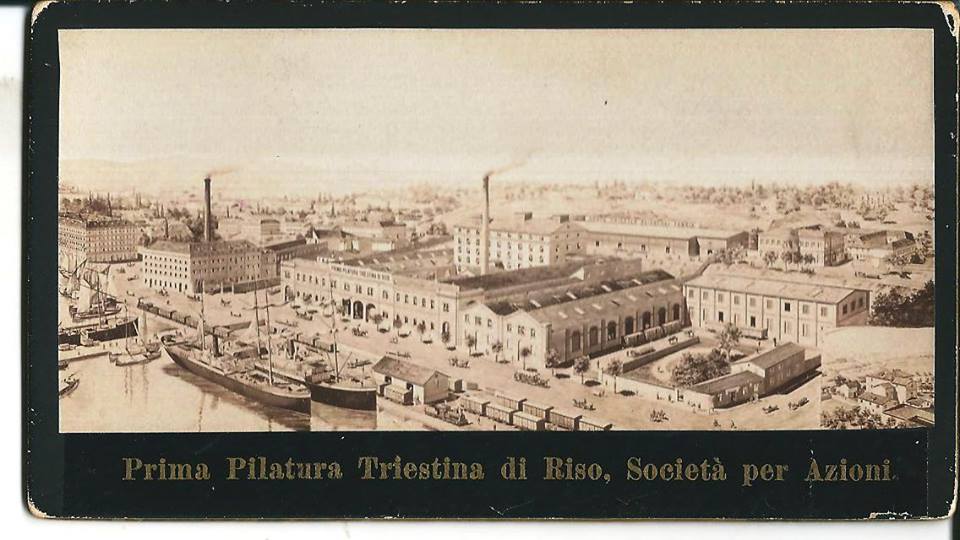
The choice to name Trieste after an English industrial city derived from the nationality, mostly British, of its international entrepreneurial community. Many of these foreigners greatly contributed to the economic and industrial development of Trieste.
At some point there were over one hundred and twenty English residents, mostly involved in commercial businesses and diplomacy. One of them was John Iver Borland, an English tradesman, who landed in town attracted by its free port.
It is true that his last name somehow reminds one of Bora – the powerful wind which makes Trieste unique. Was it just a coincidence that he chose to settle in the land of Bora?
Whatever the real reason, Borland arrived in Trieste in 1815 and, after some initial unsuccessful attempts, he started his first grain trade business in Trieste. However, he soon realized that great profits could be achieved in construction and industry – two fast-growing sectors in Trieste at the time.
The city was undergoing great architectural and economic transformations, and the Englishman saw it as an opportunity to make money, attract foreign investments and create a second Liverpool across the Channel. In Androna Campo Marzio, between 1830 and 1840, he built warehouses, factories, and deposits, which he rented to the Austrian Lloyd.
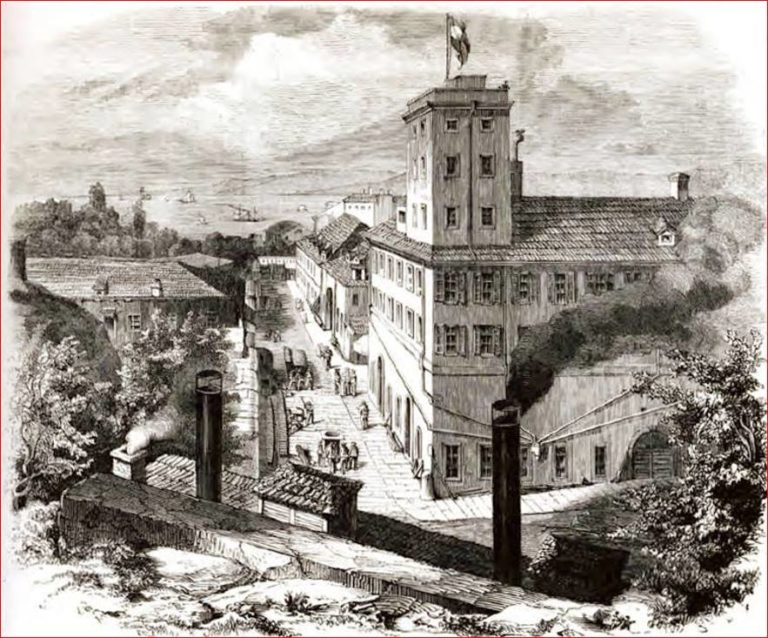
The industrial settlement in Androna Campo Marzio soon opened several workshops and foundries for Lloyd’s shipyards specialized in naval repair.
In order to facilitate transportation of the parts that needed servicing, Borland built and enlarged roads connected to the area: Via del Promontorio, via Franca and Viale Sant’Andrea, to name a few. In the nearby via Reni he built his first majestic residence – Villa Borland – an English-style manor with two imposing entrance gateways of which no trace is unfortunately left today (not even in illustrations).
Specialized British personnel moved to Trieste to train local workers in the Lloyd’s factories and soon Campo Marzio became a lively industrial area where English was the main language in use.
Not much is known of the personality of the entrepreneur, we know that he became rich and popular in town (there even was a Borland pier). We know even less about the reason for his bankruptcy in 1849. It was maybe due to the first Italian war of independence from foreign rule, between 1848 and 1849, which forced the Austro-Hungarian empire to concentrate all civil and military naval forces in wider, less central areas of Trieste.
The area was no longer sufficient for the growing Austrian arsenal. All of Borland’s possessions were auctioned, including the factory settlement in Androna Campo Marzio. Some of the buildings collapsed, a few managed to survive after decades of abandonment, and some were renovated and are used today by small businesses.
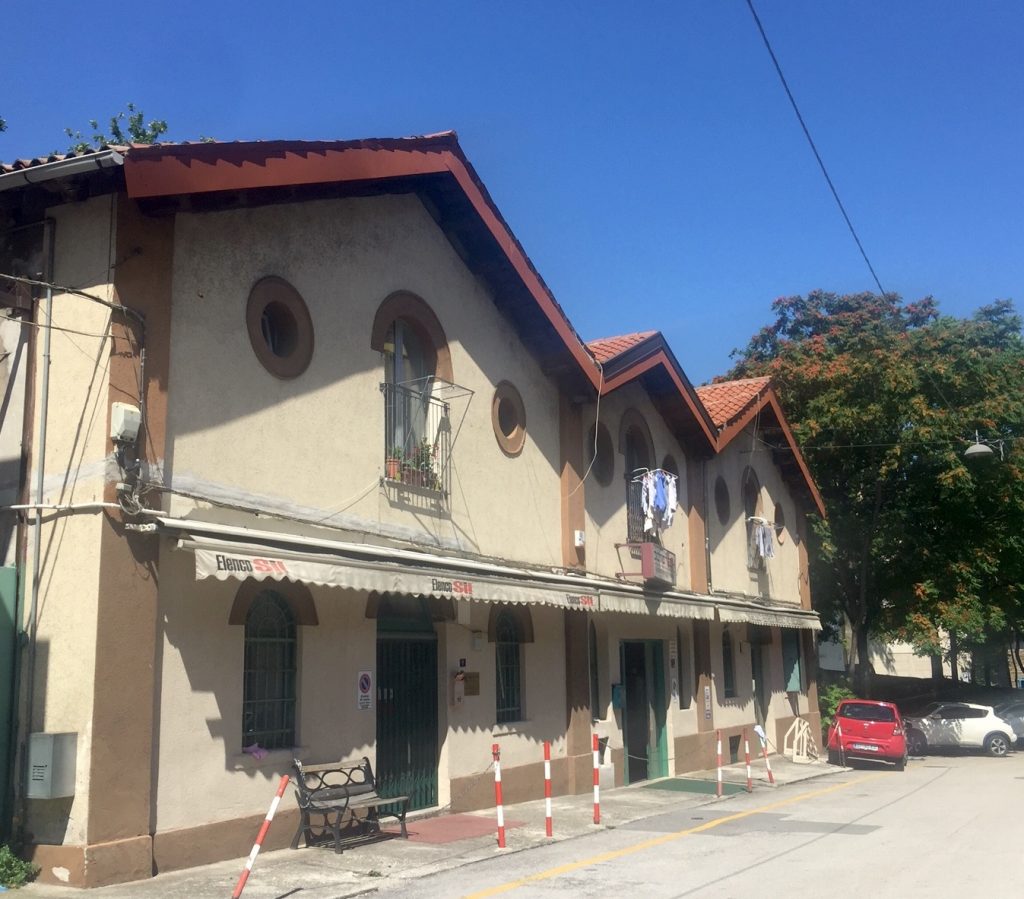
Along this little lane today you can enjoy the remains of the Austrian Lloyd industrial settlement, some of it now converted into garages, shops, car parts shops, gyms and clubs.
At the very beginning of the lane stands an impressive, old and sadly abandoned building: Siderurgica commerciale. The former steel factory, built in the early 1900s on top of an earlier structure of which only the stone portals remain, became a warehouse for the Pordenone construction company Fadalti, now bankrupt.
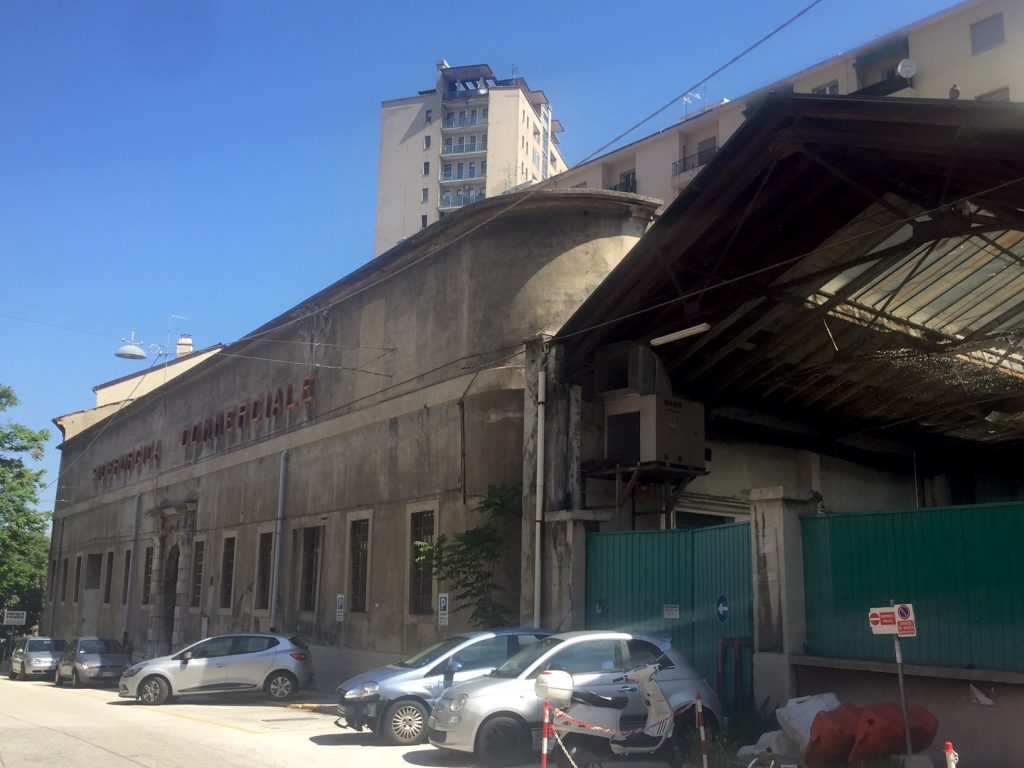
The building, with its 2,500 square meters, has been abandoned for decades. Although it has been for sale for years, ironically it appears that an Austrian building company has recently expressed interest in acquiring it.





























Very interesting, an area of TS I thought I knew well as my grandparents lived in Via dei Burlo yet I only happened on Androna Campo Marzio in 2018. I too felt it was stepping back in time, unchanged since the 1940s when my English father was stationed in TS and met my Triestine mother!
Very interesting article! I lived 10 minutes walk from here and didn’t know this part of the city history. Thank you for sharing it.
Very interesting, thank you!
Just wondering why I can learn all this by reading an article on my own home town thanks to the very laudable zeal of an American lady.